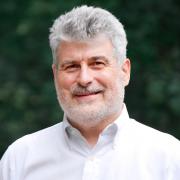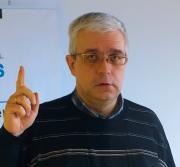Talks
Talks archive
-
 Maksim Emelin PostgresPro
Maksim Emelin PostgresProDelta migration case using Debezium is considered in details as well as the process of change data capture, sinking, applying configurations and load testing.
-
 Andrey Zubkov PostgresPro
Andrey Zubkov PostgresProIn this talk I’ll show some new abilities in postgres observability. There will be Graphana visualization of pg_profile/pgpro_pwr data, manual highlighting of interesting objects in pg_profile/pgpro_pwr reports, further development of extended vacuum statistics in PostgresPro releases and a new session and query tracing technique in pgpro_stats extension
-
 Bruce Momjian EnterpriseDB
Bruce Momjian EnterpriseDBMy presentation "Explaining the Postgres Query Optimizer" covers the details of query optimization, optimizer statistics, joins, and indexes. This talk covers 40 other operations the optimizer can choose to handle complex queries, large data sets, and to enhance performance. These include merge append, gather, memoize, and hash aggregate. It explains their purpose and shows queries that can generate these operations.
This is a new talk; draft slides are at https://momjian.us/main/writings/pgsql/beyond.pdf
-
 Ivan Frolkov PostgresPro
Ivan Frolkov PostgresProPrimary key generation is a known issue quite efficiently though not ideally solved by sequences. There are still problems with distributed generation, real uniqueness and predictability. Initially, UUID was not intended for use as a DBMS key, but its new versions (6, 7 and 8) make it quite convenient to use them as both synthetic and natural keys.
Photos
Photo archive